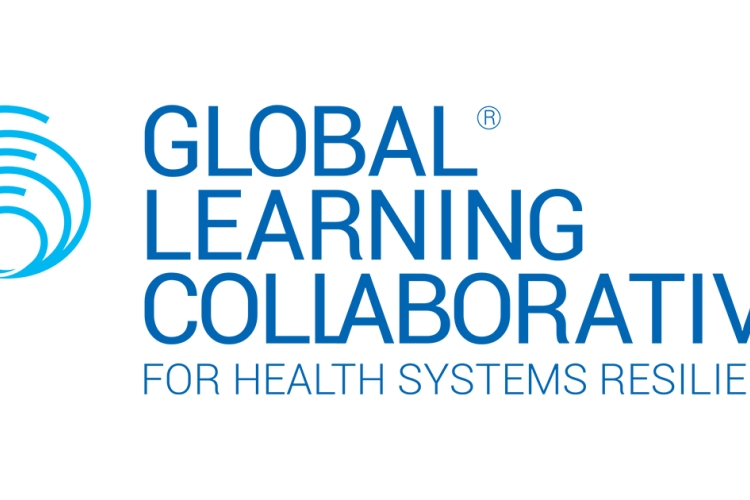Pathways to manage cascading risks and protect people in South Asia: Key takeaways for stakeholders
In South Asia, against a backdrop of existing critical socioeconomic vulnerabilities, the deluge of weather events starting from cyclones, to floods to the related outbreaks of water/vector-borne diseases demonstrate how disaster impacts cascade and converge and threaten the very chains that hold economic and social systems together. South Asian countries have always been highly vulnerable to natural disasters. But for the first time in living memory, these natural disasters have hit amid a global pandemic. At present, South Asia presents three cascading risk scenarios – 1) climate extremes – floods, cyclone, landslides, and drought given critical socio-economic vulnerabilities, 2) its intersection with rapidly spreading COVID -19, and 3) the nexus with water/vector borne diseases emanating from the climate extremes amid the rapidly spreading COVID-19.
To address these issues and to provide concrete support to build back better efforts, this policy study on COVID-19 will discuss the pathways available to countries to build back better and articulate the operational mechanisms that can be used to address cascading risk scenarios, protect the people and opportunities, and provide policy guidance to shape the future management of cascading hazards.
For content, you may see here.





